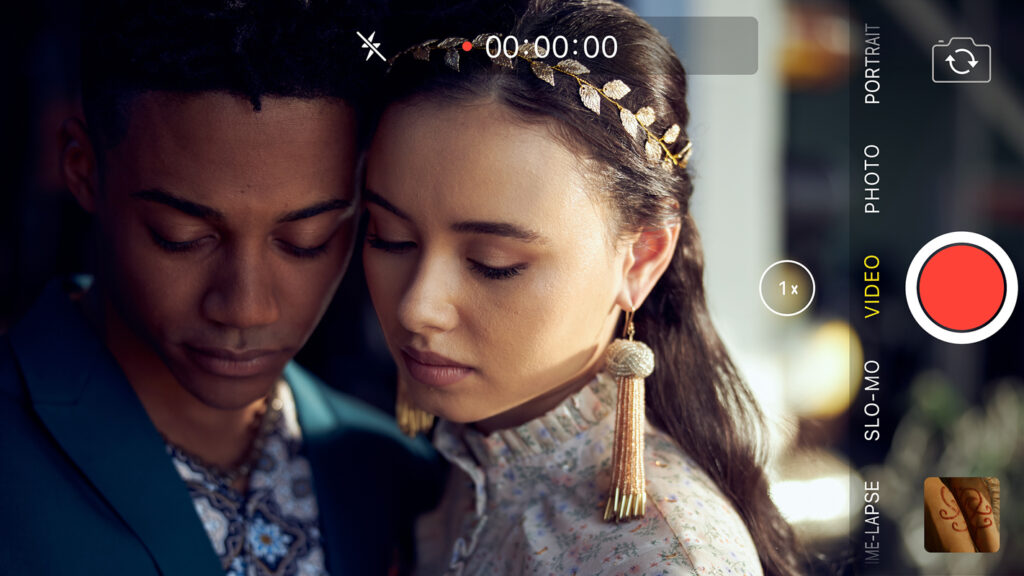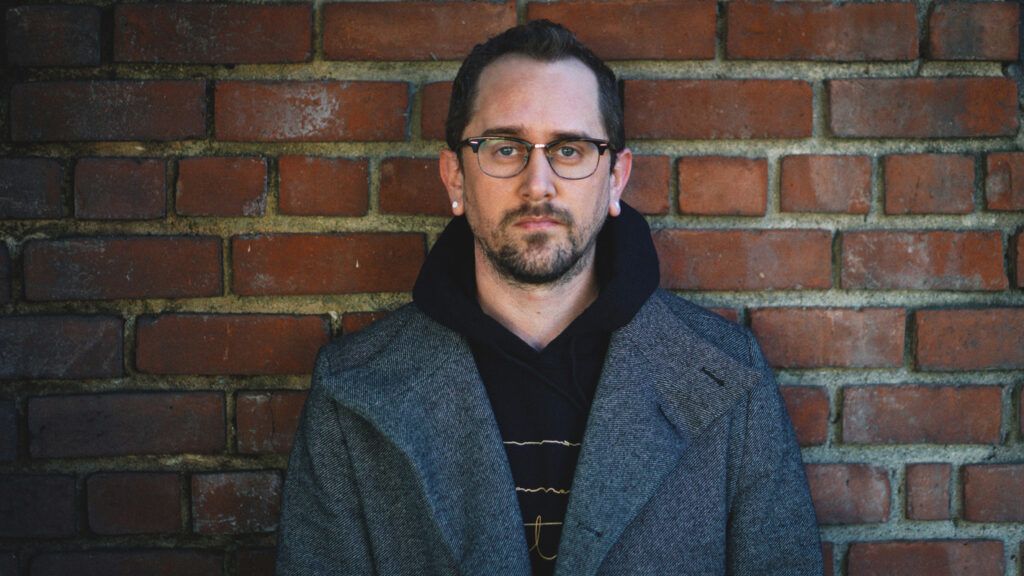It’s been an aspiration for René G. Boscio to have a film he worked on debut at the Sundance Film Festival. This past weekend, the 32-year-old composer realized that career milestone with the premiere of R#J, a unique re-telling of Romeo and Juliet that played at the virtual edition of the fest.
Videos by American Songwriter
“The story is told entirely through smartphone screens and social media platforms like Instagram and TikTok,” Boscio tells American Songwriter. Filmmaker Carey Williams directed this different approach to Shakespeare’s classic and brings a fresh take to the well-known text. “We felt like the music had to follow suit,” says Boscio. “We wanted to make sure the contemporary approach of the screen life format was supported by an equally contemporary approach from the score.”

The Puerto Rican composer, who’s known for blending acoustic Latino instruments with modern, experimental electronics, relied on synthesizers as an integral part for the film’s music. “Carey and I both felt like that was the most natural way to go,” he says.
The electronic score makes use of two synthesizers that he specifically wanted to use for this score. “The first was the Moog One, a modern analog polyphonic beast. Much like our version of Romeo and Juliet, the One is an adaptation of an older Moog classic, the Memorymoog,” says Boscio. “The other synthesizer I used quite extensively was my Eurorack modular, which is a combination of many different modules assembled in a very personal way, that I can patch to make any kind of sounds with.”
Together with those instruments, Boscio also recorded and sampled various Latino instruments such as the Venezuelan and Puerto Rican cuatro and the Mexican vihuela. “I later took those samples and extensively processed them with both hardware and software effects to create different types of textures, drones and pulsing rhythms,” he says.
Boscio has developed his love for using sound to tell stories on screen over the past decade, having contributed additional music for more than 100 episodes of TV, including hit shows like Riverdale, Blindspot, and The Flash. Last year, he released an EP, titled If We Seek with Intent, which also helped hone his style and sound.
“Oftentimes, the pressure of deadlines and writing music to tell other people’s stories can leave you somewhat drained,” he says. “Don’t get me wrong, writing music for films and collaborating to bring a filmmaker’s vision to life is my absolute favorite thing. But it’s also like giving away pieces of your creative soul. I find that taking some time to compose music for myself can be a very productive way of refueling.”
Through the EP, Boscio wanted to explore his love of electronic instruments and find ways of bringing out his artistic voice within certain parameters. “But because I’m a very visual person, what I ended up doing was collecting several images from artists and photographers whose work I love, and creating my own storyline with those images,” he says. “Then I would write music to accompany those made-up stories.”

It’s a similar approach to how he composed the score for R#J. “It’s always all about supporting the story,” he says. Boscio, who grew up playing in rock bands and writing Latin pop songs, discovered the wonder of the orchestra while studying at the Conservatory of Music in Puerto Rico.
His “aha moment” to film-scoring came when he saw the romantic comedy, The Holiday (starring Cameron Diaz, Jude Law and Kate Winslet), with star-crossed lovers of a different kind. “For the first time, I was hearing music that sounded like the combination of everything I was ever interested in,” he says. “It had acoustic guitars, pianos, and drums, but it also had strings and woodwinds, and even synthesizers. I was sold. From that moment on, I decided film music was the path I was meant to be pursuing.”
